7 Tips for Growing Vining Vegetables
In this
comprehensive guide, we’ll walk you through seven valuable tips for
successfully growing vining vegetables in your garden. Vining vegetables, such
as tomatoes, cucumbers, and beans, can be a rewarding addition to your home
garden when cultivated with care and precision. To help you achieve a
bountiful harvest and surpass your competitors in the world of online
gardening advice, we’ll dive deep into the following seven
tips:
1. Choose the Right
Location
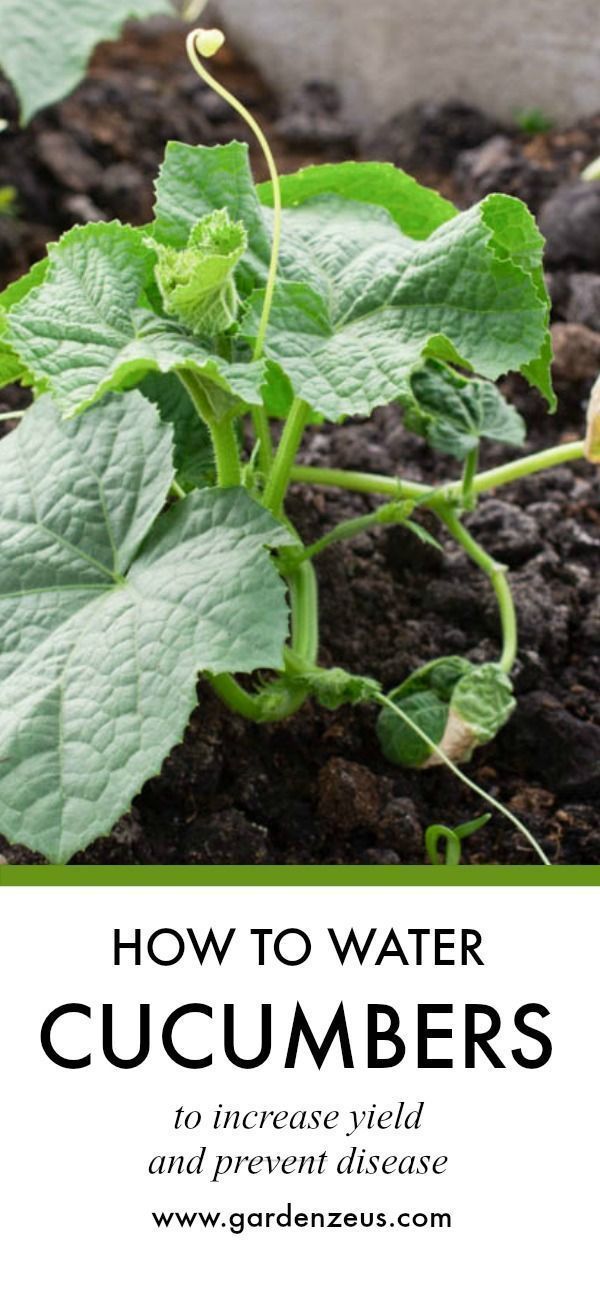
The first step to
growing flourishing vining vegetables is selecting the ideal location for your
garden. These plants thrive in areas with ample sunlight, typically requiring
at least 6-8 hours of direct sunlight each day. When choosing a spot, ensure
it is sheltered from strong winds and offers well-draining soil, as vining
vegetables prefer soil that’s rich in nutrients and moisture-
retentive.
Pro Tip: To outshine your
competitors, you can further advise your readers to perform a soil test to
determine the pH level and nutrient content, allowing them to make any
necessary adjustments to provide their vining vegetables with the best
possible growing conditions.
2. Provide Proper
Support
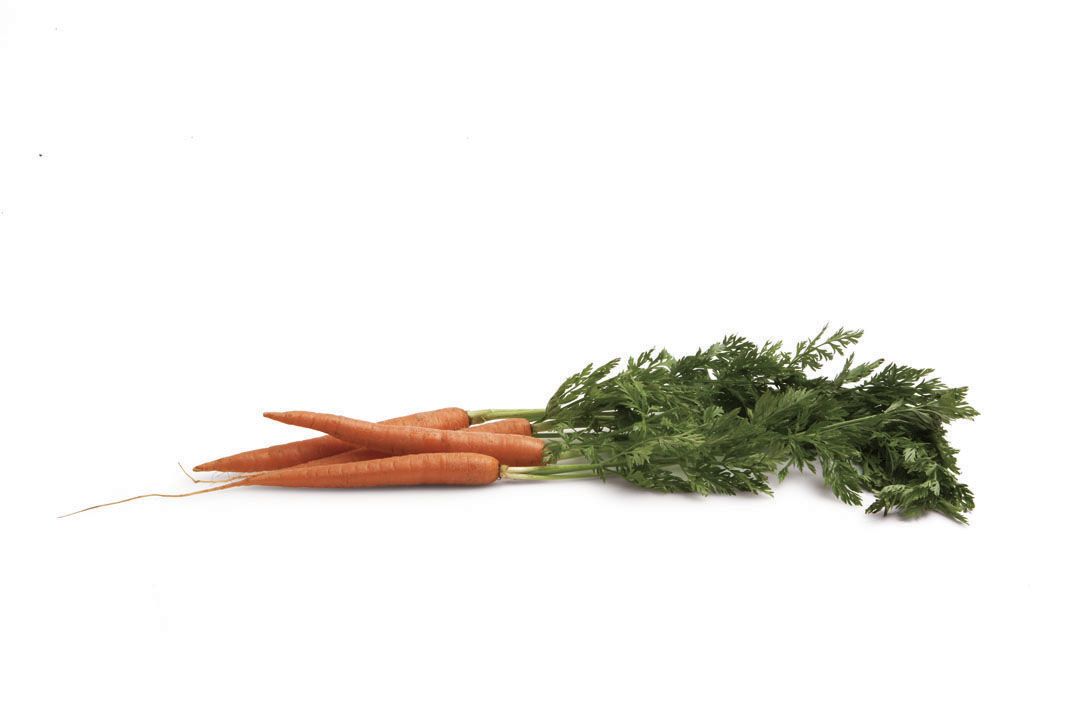
Vining vegetables
require sturdy support structures to grow and produce healthy yields.
Trellises, cages, and stakes are all excellent options for keeping these
plants off the ground, preventing diseases, and ensuring proper air
circulation. Encourage your readers to install supports early in the growing
season to avoid damaging the roots later on.
Pro
Tip: You can emphasize the importance of regularly checking and
adjusting the support structures as the vines grow, ensuring that they
adequately support the increasing weight of the vegetables.
3.
Choose the Right Varieties
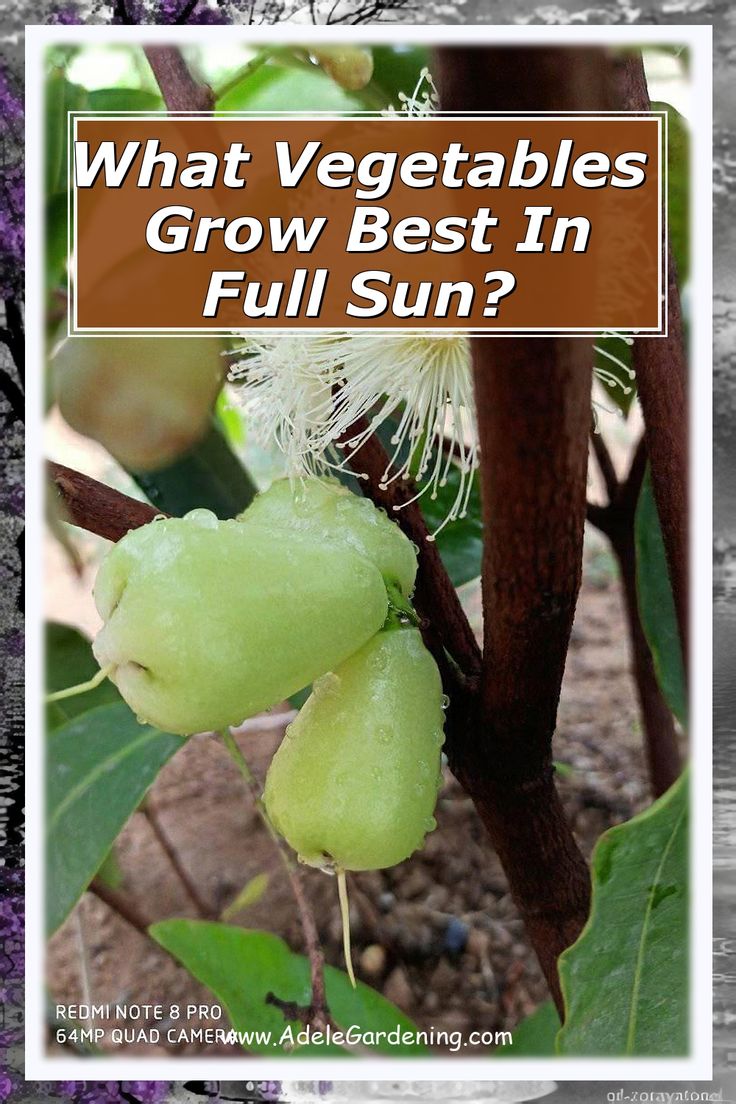
Not
all vining vegetables are created equal, and some varieties may be better
suited to your garden’s specific conditions than others. Educate your readers
about the different types of vining vegetables and their unique
characteristics. Discuss the best varieties for their region and climate,
including disease-resistant options.
Pro Tip:
To stand out, create a list of the top vining vegetable varieties and
highlight their specific advantages. This will give your readers valuable
insights and set your content apart from the competition.
4.
Pruning and Training
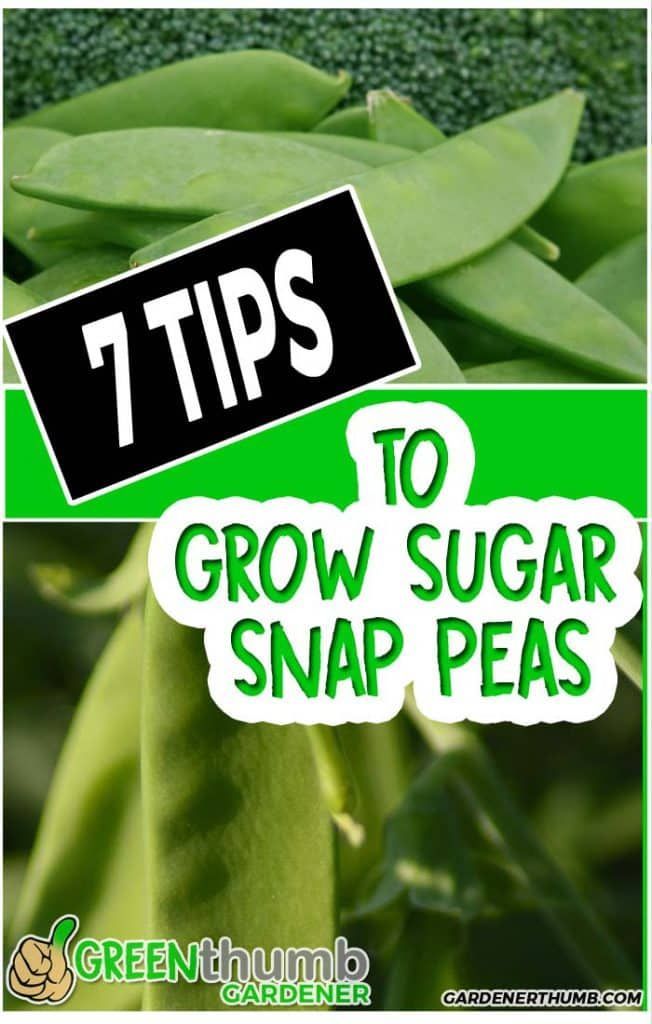
Proper
pruning and training of vining vegetables are crucial for maximizing
productivity and ensuring a healthy garden. Explain the importance of removing
excess foliage and side shoots to allow the plant to direct its energy towards
fruit production. Additionally, guide your readers on how to train the vines
to grow in the desired direction.
Pro Tip:
Provide detailed instructions on when and how to prune and train vining
vegetables for optimal results. Offering clear, step-by-step guidance will
make your content a go-to resource for gardening
enthusiasts.
5. Consistent
Watering
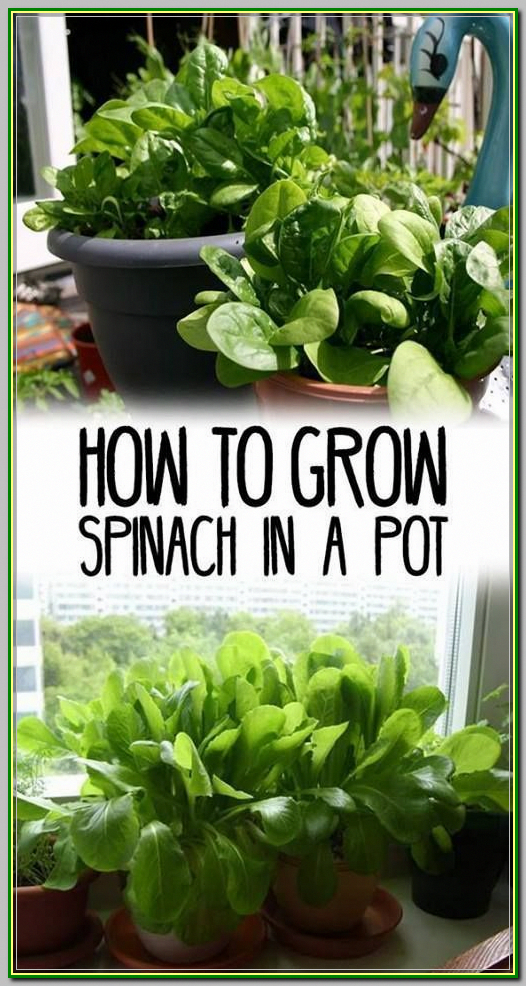
Consistency is key
when it comes to watering vining vegetables. These plants have high water
requirements, and irregular watering can lead to issues like blossom end rot
or cracked fruits. Encourage your readers to establish a consistent watering
schedule, preferably in the morning, to allow the plants to dry before
nightfall.
Pro Tip: Mention the importance of
mulching to help retain soil moisture and reduce the frequency of watering, as
well as the significance of using a soaker hose or drip irrigation for
efficient and precise watering.
6.
Fertilization
Vining vegetables are heavy feeders and need a
steady supply of nutrients throughout the growing season. Explain the
significance of using a balanced fertilizer and incorporating organic matter
into the soil. Share the best times to fertilize and the quantities required
for different growth stages.
Pro Tip: Consider
creating a simple fertilization schedule that your readers can follow, taking
the guesswork out of feeding their vining vegetables.
7. Pest
and Disease Management
To achieve a thriving vining vegetable
garden, it’s essential to address potential pest and disease issues
proactively. Discuss common pests and diseases that can affect vining
vegetables and offer natural and chemical-free solutions for prevention and
treatment.
Pro Tip: In addition to outlining
preventive measures and treatment options, create a troubleshooting section
that covers common issues readers might encounter and how to address them
effectively.
FAQs
Q1: Can I grow vining
vegetables in containers?
vegetables in containers?
Yes, many vining vegetables can be
successfully grown in containers, provided that the container is large enough
to accommodate the plant and has proper drainage. Choose compact or dwarf
varieties for better results.
Q2: When is the best time to
start growing vining vegetables?
The ideal time to start
growing vining vegetables varies depending on your location and climate. In
most regions, it’s best to plant them in the spring when the danger of frost
has passed. Be sure to check local recommendations for your specific
area.
Q3: How can I protect my vining vegetables from pests
without using chemicals?
You can use various natural methods to
protect your vining vegetables from pests, such as introducing beneficial
insects, using companion planting techniques, and regularly inspecting your
plants for signs of infestation.
Q4: What is the average yield
of vining vegetables per plant?
The yield of vining vegetables
can vary widely depending on the type of vegetable, growing conditions, and
care provided. On average, a healthy vining vegetable plant can produce
anywhere from 10 to 30 pounds of fruit per season.
tag
- chicken
feed - how to Keep Chickens Off Your Porch
- How to grow oyster mushrooms at home
- Growing Kale in Pots


0 Comments